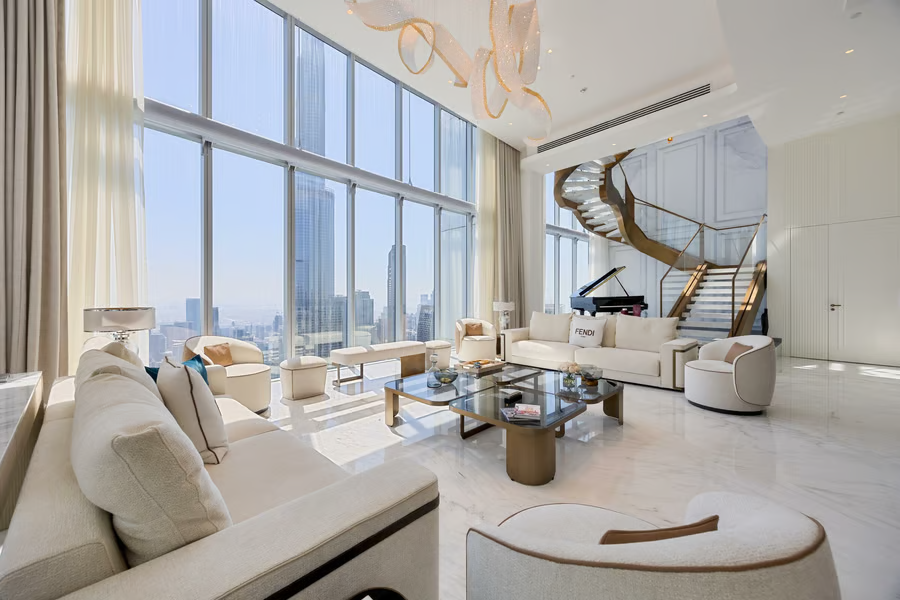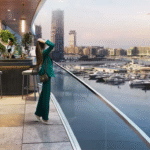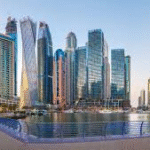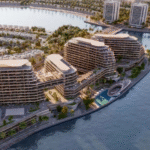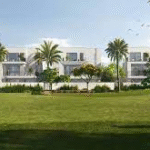Now Reading: Dubai Emirates With Lowest Entry Price for Investors in 2025
-
01
Dubai Emirates With Lowest Entry Price for Investors in 2025
Dubai Emirates With Lowest Entry Price for Investors in 2025

Table of Contents
Lowest Entry Price: Imagine stepping into Dubai’s vibrant real estate market with a modest budget, securing a property that grows in value while offering you a slice of this global city’s dynamic lifestyle. In 2025, Dubai’s property market is a haven for investors seeking affordable entry points, with freehold zones allowing 100% foreign ownership and no personal income tax, capital gains tax, or annual property taxes. This means you keep every dirham of your profits, unlike in cities like London or New York, where taxes can eat up 15-40% of gains.
The UAE’s dirham, pegged to the U.S. dollar, eliminates currency risk, and residential sales are VAT-exempt, saving thousands. With a 5% population surge, 25 million tourists, and 5-8% price appreciation expected, Dubai’s 6-10% rental yields outshine global hubs like London (2-4%) or New York (3-4%). Properties over $204,000 can qualify for a 2-year residency visa, and those over $545,000 unlock a 10-year Golden Visa. This guide highlights five Dubai areas with the lowest entry prices for investors Dubai South, Jumeirah Village Circle (JVC), Dubailand, Al Furjan, and Arjan focusing on their affordability, growth potential, and lifestyle appeal.
Why Low-Entry Investments in Dubai Shine

Dubai’s freehold zones attract 58% non-resident buyers, driven by affordable off-plan properties with flexible payment plans (e.g., 60/40 or 70/30), requiring just 10-20% deposits. A $150,000 apartment yielding 8% ($12,000 annually) is tax-free, compared to $8,400-$9,600 elsewhere. Zero capital gains tax ensures a $75,000 profit on a sale avoids $15,000-$21,000 in taxes. No annual property taxes save $1,500-$3,000 yearly, unlike other markets.
Residential sales dodge 5% VAT ($7,500-$25,000), though off-plan purchases may incur recoverable VAT. The 9% corporate tax doesn’t apply to individual landlords, and free zone companies save $2,000-$10,000 annually. Small business relief waives corporate tax for revenues under $816,000 until December 31, 2026. The 2040 Urban Master Plan, with metro expansions and infrastructure upgrades, ensures long-term value in these affordable areas.
Dubai South: Budget-Friendly Growth Hub
Dubai South, a freehold free zone near Al Maktoum International Airport, offers the lowest entry prices, with studios starting at $122,513 and 1-3 bedroom apartments at $204,188-$408,375. Villas range from $544,500-$1.09 million, with 6-8% yields and 5-8% price growth.
Projects like The Pulse offer 50/50 payment plans, requiring a 10% deposit ($12,251 for a $122,513 studio). A $150,000 apartment yields $9,000-$12,000 tax-free annually, versus $6,300-$8,400 elsewhere. With 18% growth over three years, selling it for $177,000 yields a $27,000 tax-free profit, saving $5,400-$7,560.
Initial costs include a 4% Dubai Land Department (DLD) fee ($4,900-$43,560), 2% broker fee ($2,450-$21,780), and a 10% deposit. Annual maintenance fees are $1,000-$4,000, and landlords pay a 5% municipality fee ($450-$600). A free zone company saves $6,534 on $65,340 in rental income. U.S. investors can deduct depreciation ($4,455-$39,636) and management fees ($686-$6,976), saving up to $14,678. Its proximity to Expo City and airport expansion drives demand, making it ideal for budget investors.
The area’s modern vibe and logistics growth feel like a smart bet for future wealth.
Jumeirah Village Circle (JVC): Affordable Family Haven
Jumeirah Village Circle (JVC), a freehold free zone, offers studios to 2-bedroom apartments ($136,125-$408,375) and villas ($544,500-$816,750) with 7-10% yields, among Dubai’s highest, and 7% price growth. Projects like Belgravia feature 60/40 payment plans.
A $136,125 studio requires a 10% deposit ($13,613), $81,675 during construction, and $40,838 on handover. It yields $9,529-$13,613 tax-free annually, versus $6,670-$9,529 elsewhere. With 21% growth over three years, selling it for $164,711 yields a $28,586 tax-free profit, saving $5,717-$8,000.
Initial costs include a 4% DLD fee ($5,445-$32,670), 2% broker fee ($2,723-$16,335), and a 10% deposit. Annual maintenance fees are $1,000-$3,000, and landlords pay a 5% municipality fee ($477-$681). A free zone company saves $6,534 on $65,340 in rental income. U.S. investors can deduct depreciation ($5,940-$29,673) and management fees ($914-$5,227), saving up to $11,006. JVC’s parks and Circle Mall attract families, ensuring steady tenancy.
Its relaxed, green community feels perfect for investors starting small.
Dubailand: Value-Driven Investment Spot
Dubailand, a freehold free zone, offers 1-3 bedroom apartments ($163,350-$408,375) and villas ($680,625-$1.36 million) with 6-8% yields and 5-7% price growth. Projects like Rukan Residences feature 70/30 payment plans. A $163,350 apartment requires a 15% deposit ($24,503), $114,345 during construction, and $49,005 on handover. It yields $9,801-$13,068 tax-free annually, versus $6,861-$9,148 elsewhere. With 18% growth over three years, selling it for $192,753 yields a $29,403 tax-free profit, saving $5,881-$8,233.
Initial costs include a 4% DLD fee ($6,534-$54,400), 2% broker fee ($3,267-$27,200), and a 15% deposit. Annual maintenance fees are $1,500-$5,000, and landlords pay a 5% municipality fee ($490-$653). A free zone company saves $6,534 on $65,340 in rental income. U.S. investors can deduct depreciation ($9,673-$40,364) and management fees ($1,488-$7,105), saving up to $14,678. Its entertainment hubs like Global Village ensure growth.
The vibrant, family-oriented setting makes it a hidden gem for budget investors.
Al Furjan: Accessible Suburban Gem
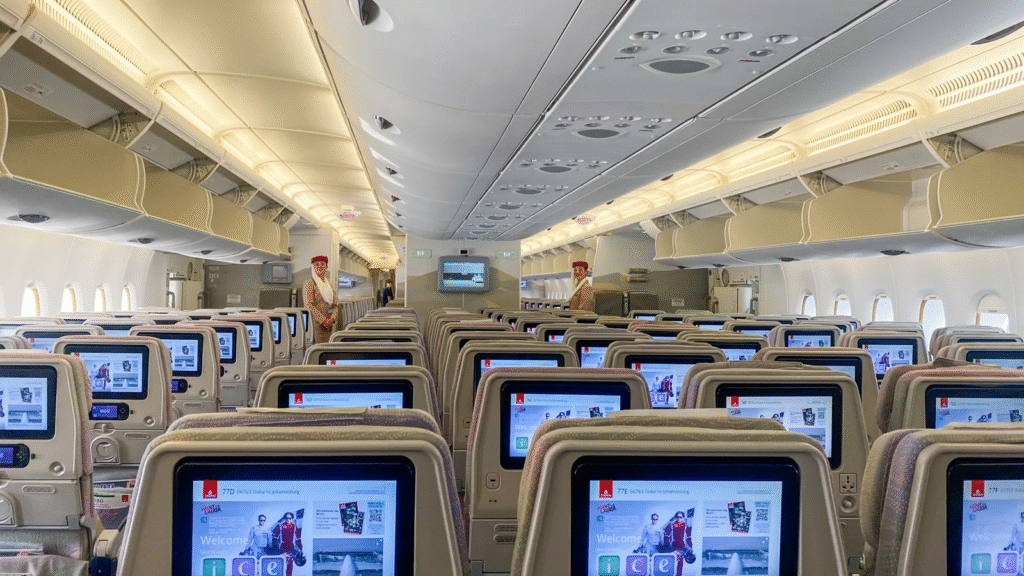
Al Furjan, a freehold free zone, offers 1-3 bedroom apartments ($190,575-$544,500) and 3-4 bedroom villas ($680,625-$1.09 million) with 6-8% yields and 6% price growth. Projects like Azizi Pearl feature 60/40 payment plans. A $190,575 apartment requires a 10% deposit ($19,058), $114,345 during construction, and $57,173 on handover. It yields $11,435-$15,246 tax-free annually, versus $8,004-$10,672 elsewhere. With 18% growth over three years, selling it for $224,879 yields a $34,304 tax-free profit, saving $6,861-$9,605.
Initial costs include a 4% DLD fee ($7,623-$43,560), 2% broker fee ($3,812-$21,780), and a 10% deposit. Annual maintenance fees are $1,500-$4,000, and landlords pay a 5% municipality fee ($572-$762). A free zone company saves $6,534 on $65,340 in rental income. U.S. investors can deduct depreciation ($9,673-$40,364) and management fees ($1,488-$7,105), saving up to $14,678. Its metro access and community amenities drive demand.
The suburban charm and connectivity make it a low-risk, high-reward choice.
Arjan: Rising Star for Budget Buyers
Arjan, a freehold free zone near Dubai Miracle Garden, offers studios to 2-bedroom apartments ($149,738-$408,375) with 7-9% yields and 6-7% price growth. Projects like Samana Hills feature 70/30 payment plans. A $149,738 studio requires a 10% deposit ($14,974), $89,843 during construction, and $44,921 on handover. It yields $10,482-$13,476 tax-free annually, versus $7,337-$9,433 elsewhere. With 18% growth over three years, selling it for $176,691 yields a $26,953 tax-free profit, saving $5,391-$7,547.
Initial costs include a 4% DLD fee ($5,990-$32,670), 2% broker fee ($2,995-$16,335), and a 10% deposit. Annual maintenance fees are $1,000-$3,000, and landlords pay a 5% municipality fee ($524-$674). A free zone company saves $6,534 on $65,340 in rental income. U.S. investors can deduct depreciation ($5,940-$29,673) and management fees ($914-$5,227), saving up to $11,006. Its proximity to schools and malls boosts appeal.
Arjan’s lively, affordable vibe feels like a smart entry for new investors.
Strategies to Maximize Your Investment
To make the most of these low-entry deals, use these strategies. First, target off-plan properties in Dubai South or JVC for 20-30% lower costs and flexible plans. Second, set up a free zone company as a Qualified Free Zone Person (QFZP), saving $2,000-$10,000 annually on corporate tax. Third, recover 5% VAT ($4,084-$54,450) on off-plan purchases via Federal Tax Authority registration, costing $500-$1,000.
Fourth, leverage small business relief for revenues under $816,000 until 2026. Fifth, U.S. investors should report rental income on Schedule E, deducting depreciation, maintenance ($1,000-$5,000), and mortgage interest, saving thousands. Non-U.S. investors can use double taxation treaties with 130+ countries to avoid taxes like the UK’s 20-28% capital gains tax. Consult a tax professional for compliance.
Navigating Risks for Success
Risks include a projected oversupply of 41,000 units in 2025, potentially slowing price growth. Mitigate by choosing trusted developers like Emaar, Nakheel, or Damac, verifying escrow compliance under the 2025 Oqood system, and targeting high-demand areas. Ensure QFZP eligibility to avoid fines up to $136,125. Long-term leases in JVC or Al Furjan ensure stability, while short-term rentals in Arjan boost yields by 10-20%. Regular market analysis keeps you ahead of trends.
Why These Areas Are Investor Favorites
Dubai South and JVC offer the lowest entry prices with high yields, Dubai land balances affordability and entertainment, Al Furjan provides suburban appeal, and Arjan emerges as a vibrant hotspot. With flexible payment plans, 6-10% yields, 5-8% appreciation, and residency perks, these areas are Dubai’s best low-entry investment opportunities in 2025, blending affordability with a thriving lifestyle.
read more: Best Dubai Property Deals With Flexible Payment Plans in 2025




